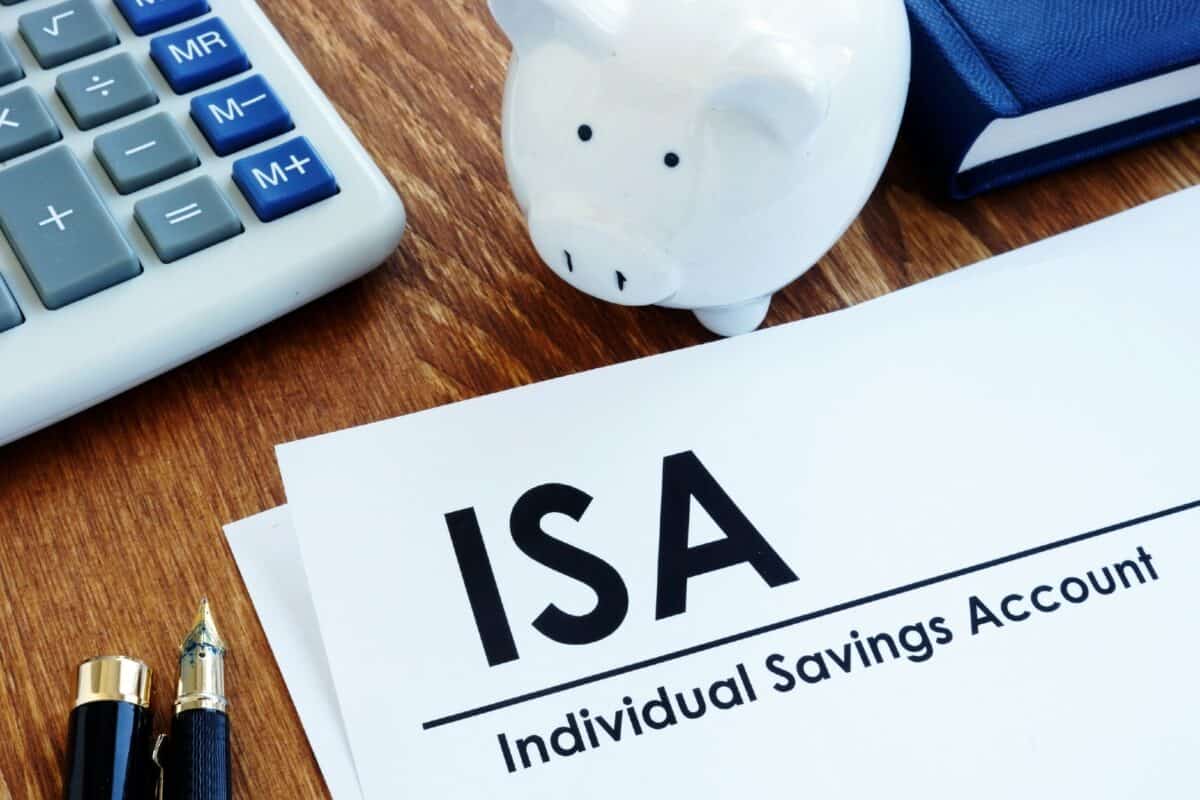Stocks and Shares ISAs are very powerful investment vehicles. With these tax-efficient accounts, it’s possible to build up a substantial amount of money over time.
Here, I’m going to outline how I’d aim to build a £250k ISA from nothing, starting today. Let’s dive in.
Please note that tax treatment depends on the individual circumstances of each client and may be subject to change in future. The content in this article is provided for information purposes only. It is not intended to be, neither does it constitute, any form of tax advice. Readers are responsible for carrying out their own due diligence and for obtaining professional advice before making any investment decisions.
Should you invest £1,000 in BT right now?
When investing expert Mark Rogers has a stock tip, it can pay to listen. After all, the flagship Motley Fool Share Advisor newsletter he has run for nearly a decade has provided thousands of paying members with top stock recommendations from the UK and US markets. And right now, Mark thinks there are 6 standout stocks that investors should consider buying. Want to see if BT made the list?
Regular savings
So let’s say I already had a Stocks and Shares ISA account open. The first thing I’d do is start a regular savings plan. I’d prioritise ISA savings over non-essential expenses and aim to contribute as much as possible into my account.
Note that with this type of ISA, it’s possible to contribute up to £20,000 a year. That’s a very generous allowance and not many people can actually afford to put that much money away into an ISA every year.
Investing my money
Now, when it comes to building long-term wealth, saving money is only part of the equation. The most important part is investing (putting money into assets that will generate higher returns than savings accounts over the long run).
So the next step would be to get my money working for me by investing it. And there are many different strategies I could pursue here.
I could just put my money into index funds that aim to track a broad stock market index. One example is the iShares Core MSCI World UCITS ETF USD (Acc) (LSE: SWDA). This is an exchange-traded fund (ETF) that tracks the MSCI World index (a well-known global stock market index).
The beauty of this product is that it provides access to over 1,400 stocks (including big names such as Apple, Nvidia, and Tesla). Another advantage is that fees are very low at just 0.2% a year.
It’s worth noting that this product has a lot of exposure to the US stock market and to the Technology sector. That’s not necessarily a bad thing given the direction the world’s heading in. But it does add some risk.
It should do well over the long term though. Over the last 10 years, it’s generated very strong returns (although past performance is no indicator of future returns).
Aiming for high returns
Alternatively, I could go with actively-managed investment funds that aim to beat stock market indexes. These often get a bad rap, but there are some good ones out there. Fundsmith Equity, for example, has delivered brilliant returns since its inception in 2010. Its focus is on high-quality stocks.
A third option would be to invest in individual stocks such as Apple and Amazon. This strategy would be a little more risky. But it could supercharge my returns if I picked the right stocks. Amazon shares, for example, have risen about 1,000% over the last 10 years.
I’ll point out that these strategies aren’t mutually exclusive. I’d actually pursue all three. That way, I could get a combination of:
- Low fees
- Professional portfolio management
- Potential for high returns from individual stocks
The path to £250k
How long would it take me to build up £250k with this approach? Well, it would depend on how much I was contributing to my account and the returns I was able to achieve.
But let’s say I put £10k into my ISA every year and was able to achieve a return of 9% a year over the long run.
In this scenario, I’d get to £250k in around 14 years.








